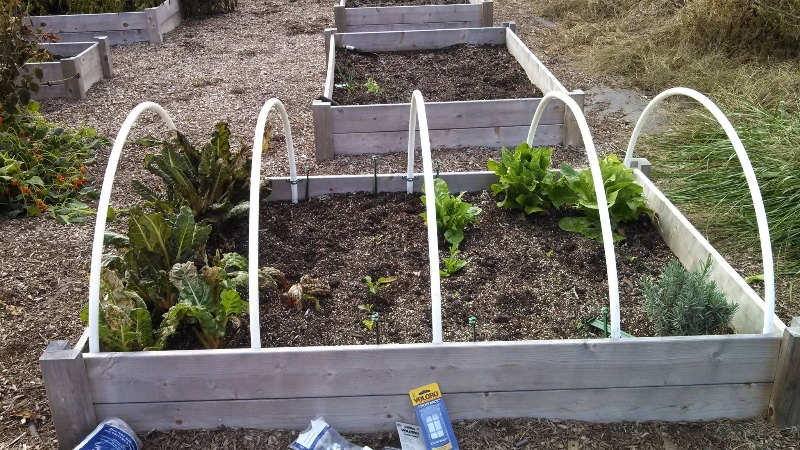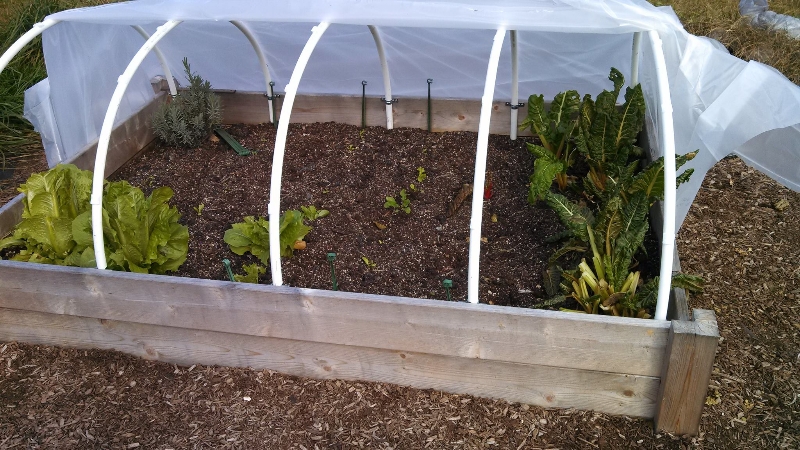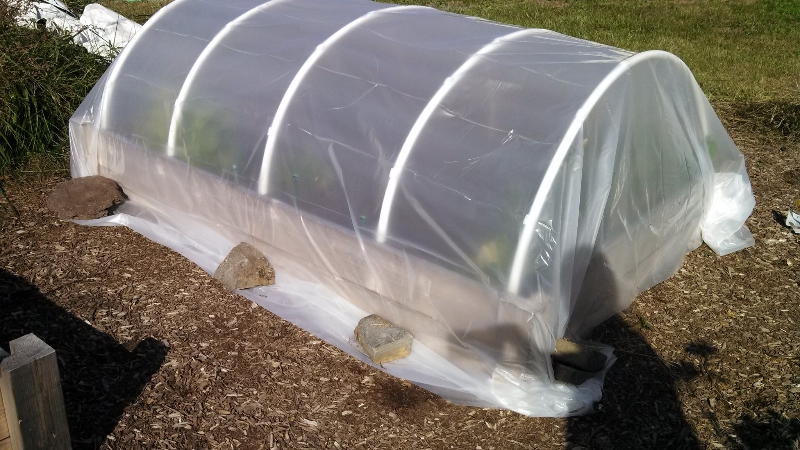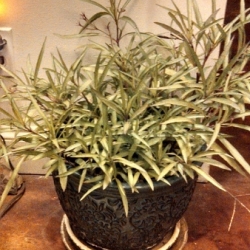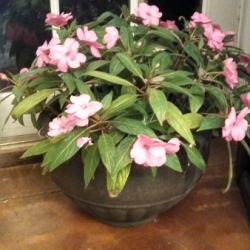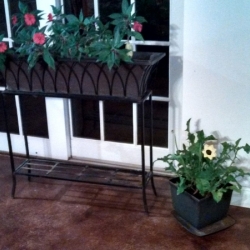Should you run the pump or not this winter? We typically recommend shutting down the pump over the winter months sometime in late December, early January and restarting it in mid March to April. Although some customers enjoy running their pumps year round and get very cool ice sculptures from it, there are some concerns. The first is the chance of ice dams forming in the waterfall & creek. This can cause a water to leak from the pond and cause a significant water level drop. No one enjoys going out to try to refill the pond on a cold winter day when all the spigots are winterized. The second is the chilling effect on the fish. The fish are in the warmer bottom section of the pond and the pump circulation is reducing the water temperature for the fish.
When you turn off the pump, you should remove any check valve in the pond plumbing to release the water from the waterfall box and pond plumbing. Remove and thoroughly clean the pump and store in a frost free aera over the winter.


